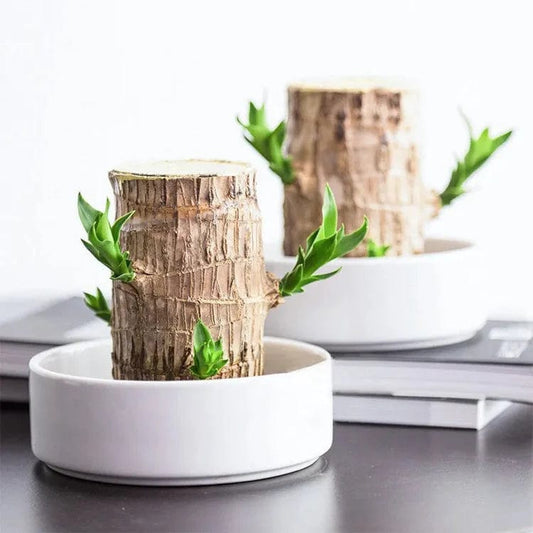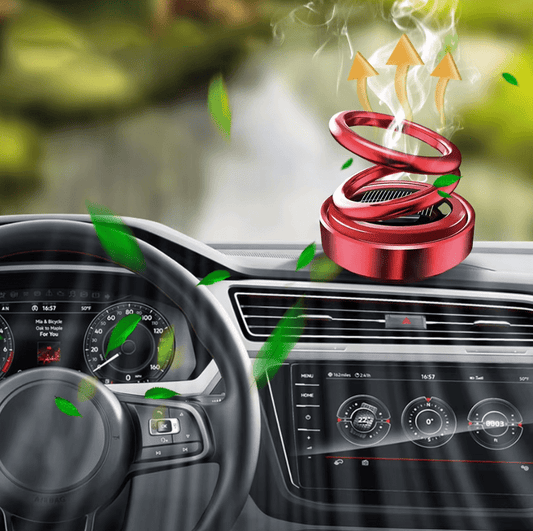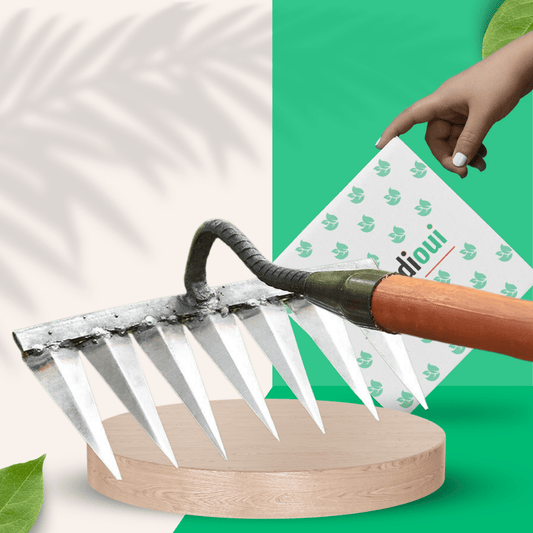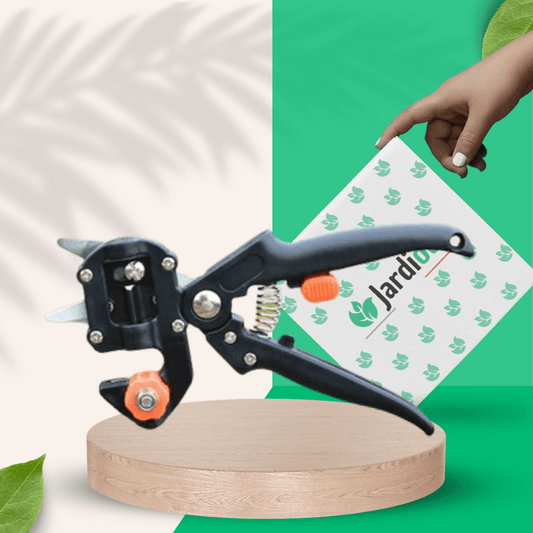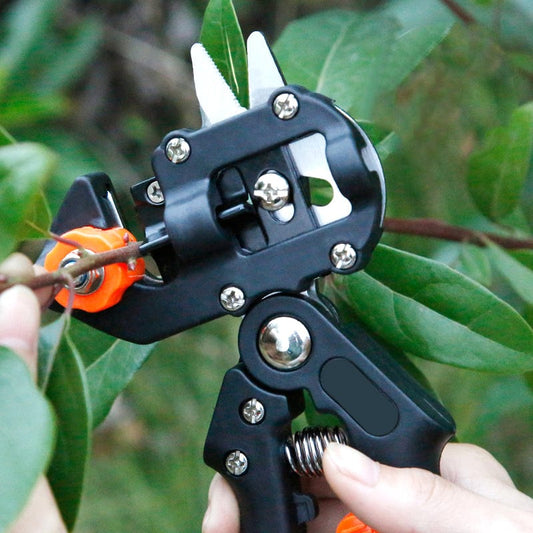13 tips for watering the garden correctly in summer
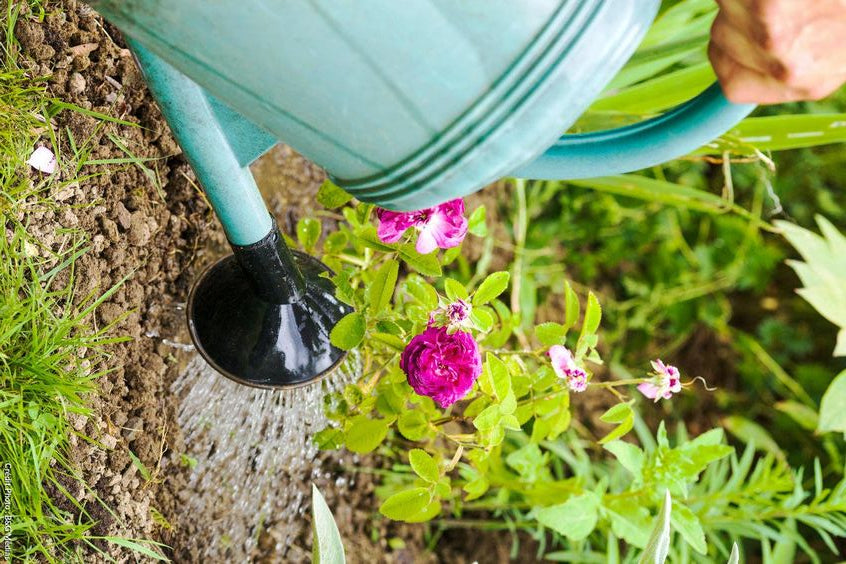
When Mother Nature raises the temperature in your garden, make sure you water your plants properly.
Good watering practices will also help you maximize every precious drop.
Here are 13 tips to ensure your plants survive the summer heat:
- Test the soil with your finger
- Watering in the morning is best
- Use precise watering accessories
- Protect the plants
- Irrigate plants regularly
- Plants in Terre vs. Plant in Pots
- Protect the floors
- Beware of stagnant water
- Do not drown plants
- Watering method is important
- Use an automatic timer to trigger watering
- Do with the means at hand
- Be careful with clay pots
1. Test the soil with your finger.
Push it a few inches close to the stem to check the root zone.
You can also use a soil moisture tester, like this 3-in-1 Moisture, pH and Light Intensity Tester.
Even if the surface appears dry, there may still be moisture underneath. If not, grab your watering cans!
2. Watering in the morning is best.
This will allow water to infiltrate before it evaporates from the heat and dry wind,gives time for leaves to dry if splashed, and plants will have moisture to draw from during the heat of the day.
Late afternoon is the next best time, just make sure the foliage has time to dry before dark.
Avoid watering in the middle of the day, as the water will evaporate much more quickly and any splashing on the leaves can burn them.
3. Use precise watering accessories
Water at the base of the plant with a watering wand, long-neck watering can, drip hose or drip irrigation system.
Avoid wetting leaves, fruits or vegetables to prevent diseases that thrive in humidity, such as powdery mildew.
4. Put the plants under shelter
Wind dries plants quickly due to moisture lost by the foliage—the larger the leaves, the greater the moisture loss (think squash, cucumbers, heucheras, etc.) .
Protect plants with barriers, such as a shade cloth structure, or place them out of windy areas.
5. Irrigate plants regularly
Fruits and vegetables require regular irrigation to produce well. Don't let them dry out completely before watering them again, as this could cause problems such as apical necrosis or split tomatoes.
6. Plantes en Terre vs. Plant in Pots
Containers dry out much faster than soil and will require more frequent watering, especially if placed in full sun or exposed to wind.
7. Protect floors
Apply a 2 to 3 inch layer of organic mulch, such as bark, pine needles or shredded leaves.
This will help retain moisture in the soil.

8. Beware of stagnant water
If water remains on the surface of the floor, apply a small amount of the protective solution to soften the surface.
Come back a few minutes later and add more to ensure good infiltration. Learn more about the dangers of standing water .
9. Don’t Drown Plants
Brown leaf edges and/or yellow leaves may indicate overwatering.
Be sure to check before adding more water.
10. Watering method is important
Plants benefit much more from slow, deep watering than from simple sprinkling.
Be sure to water deep enoughto reach the root ball.
11. Use an automatic timer to start watering
If a summer vacation takes you away for more than a day or two, installing an automatic timer will be well worth the effort.
Also consider using self-watering pots for your container plants to reduce daily watering tasks.
12. Make do with the means at hand
Recycle plastic bottles as a deep watering system.
Poke holes in the bottle and bury it next to the plants with the opening at the top.
Add water to the bottle and it will slowly flow into the soil.
13. Be careful with clay pots
Unglazed clay pots are more porous than glazed or plastic ones and allow water to evaporate more quickly.
This can be beneficial during wetter times of year by allowing the soil to drain better and not become soggy, but monitor them carefully during dry spells or bad weather warmer.
See the entire collection dedicated to watering → Watering Collection












